Back to Black: How Utilizing Compliance Can Raise Your Bottom Line
Compliance can affect the bottom line in many real ways.
It is seen by many as a cost center. I see it as a competitive advantage. The difference is in how you view Compliance within the context of the larger company. Compliance serves the organization’s interests by protecting it from liability, ensuring that relevant regulations are met. But Compliance can go beyond this to deliver not only protection but also increased productivity and employee engagement, too. In the context of sustainable governance, compliance takes on a long-term, strategic role, making it a competitive advantage.
Here’s how it can help your company’s bottom line.
Stop Scandals and Forget Investigations and Fines
Compliance in its most basic form is focused on protection. It achieves this by meeting regulatory and legal requirements. At this level, it helps companies avoid investigations and scandals which can be costly in terms of money and productivity. If violations are discovered, large fines may be imposed by regulatory or government agencies. Even in its most basic form, a competent Compliance program saves companies money and protects the bottom line.
Sustainable governance takes compliance further. It focuses on educating employees and implementing processes to avoid repeated mistakes. Companies that don’t take this approach may repeat the same mistakes, having wasted time and money on regulatory investigations and missed opportunities to find efficiencies and process improvements.
Focus Where There’s a Future
In many companies, Compliance is called in at the end of a process rather than the beginning. For instance, let’s consider when a company works developing a new product or service only invites a compliance officer to weigh on the compliance ramifications in the final planning stages. If the CO discovers issues at this stage, money and time have been wasted in development. Compliance can avoid this unfortunate situation by being involved from the beginning stages to point out possible pitfalls and help keep things on track from the start.
Incentivize Employee Behavior and Increase Productivity
Sustainable governance relies on incentivizing good behavior, rather than simply imposing rules, to influence employee behavior and productivity. Those who display good behavior and good judgment are respected, rewarded, and promoted.
This culture, based on principles of behavioral economics, helps stem the kind of behavior that leads to scandals and encourages employees to report errant behavior early. It also attracts and retains highly motivated, ethical employees whose contributions undoubtedly boost the bottom line.
Serve Your Clients and Investors and Strengthen Your Brand
In the context of sustainable governance, compliance goes far beyond regulatory requirements to affect the very perception of the brand itself. A company with a reputation for ethically sound governance, transparency, and a focus on corporate responsibility is attractive to many investors, donors, consumers, and future recruits. They perceive the company to be well-run and put trust and credibility in the brand.
Go Beyond Protection to Productivity and Profit
Compliance can be run as a cost-center focused solely on the protection aspect. It can also be run in an environment of sustainable governance, allowing for productivity and impact, which increases the bottom line.
For further reading, check out my book, How to Deliver Triple Bottom-Line Compliance. I go in-depth into how Sustainable Governance affects the bottom-line, the strategies that help take Compliance from the basics to beyond, and the skills that COs need to succeed in this new paradigm.




